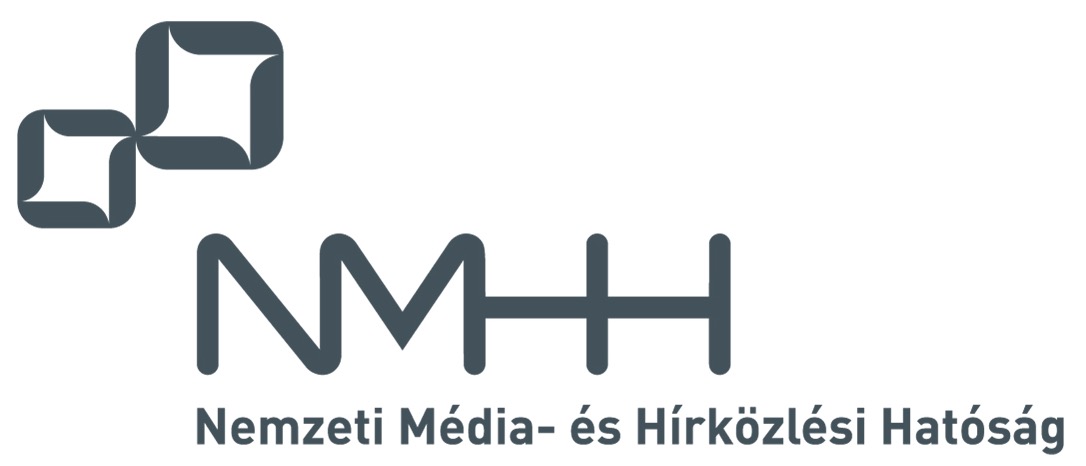2017. 3rd Issue
Full issue  (6,5 MB)
(6,5 MB)
PAPERS FROM OPEN CALL
István Pelle, Felicián Németh and András Gulyás
A Little Less Interaction, A Little More Action: A Modular Framework for Network Troubleshooting 
Requirements of an ideal network troubleshooting system dictate that it should monitor the whole network at once, feed results to a knowledge-based decision making system and suggest actions to operators or correct the failure, all these automatically. Reality is quite the contrary, though: operators separated in their cubicles try to track down complex networking failures in their own way, which is generally a long sequence of manually edited parallel shell commands calling rudimentary tools. This process requires operators to be "masters of com- plexity" (which they often are) and continuous interaction. In this paper we aim at narrowing this huge gap between vision and reality by introducing a modular framework capable of (i) formalizing troubleshooting processes as the concatenation of executable functions [called troubleshooting graphs (TSGs)], (ii) executing these graphs via an interpreter, (iii) evaluating and navigating between the outputs of the functions and (iv) sharing troubleshooting know-hows in a formalized manner.
Sagar Arun More and Pramod Jagan Deore
View-Invariant Person Identification by Orthogonal View Gait Signature and Fusion of Classifiers 
In this paper, we proposed the use of three orthogo- nal views of gait signature for view-invariant person identification system. We also experimented the fusions of classifiers in order to improve the recognition performance. Two classifiers used corresponding to two LDA spaces. The first classifier used for angle classification followed by second classifier for person identification. The proposed mechanism of selective kNN (s-kNN) has boosted the recognition performance and found very effective. We got 97.07% maximum rank-1 angle classification accuracy and 93% maximum rank-1 person identification accuracy.
Haiqing Liu, Shuhua Hao, Yuancheng Li, Xiang Li and Jie Ma
Live face detection method based on local binary pattern and bandelet 
Face recognition system is exposed to video replay attacks and photo spoofing attacks along with the extensive use of identity authentication technology. Spoofing attack happens when an attacker tries to disguise as a legitimate user with permissions to spoof authentication system by replaying the recorded videos of legitimate users or utilizing the printed photos of legitimate users. Inspired by the differences between image acquisition and playback, printing properties, and light emission models, this paper proposes a live face detection method based on local binary pattern and Bandelet. The replayed video images and the printed face images usually contain characteristics that are easy to be detected by texture detection and frequency domain analysis. The proposed method analyzes the differences between live faces and photo faces in texture, at the same time it utilizes Bandelet to analyze face images with multi-scale analysis and extracts the high-frequency sub band coefficients as feature vectors to train Extreme Learning Machine (ELM) to classify and recognize. The algorithm is verified on the public CASIA_FASD, print-attack and replay-attack datasets, well known Face Anti-Spoofing Databases, and the experimental results show that the method reduces the computational complexity and improves the detection accuracy.
PAPERS OF APPLIED RESEARCH
Tamás Helfenbein, Roland Király, Márton Törőcsik, Emil Tóth and Sándor Király
Extension of RFID Based Indoor Localization Systems With Smart Transponders 
The indoor localization problem is a method of identifying and finding position (co-ordinates) of requested objects in a well defined area of interest (AoI) in buildings. Beside identification, localization is an important task in several complex industrial environments. Assigning unique Radio Frequency IDentifier (RFID) tags to the objects both the identification and the localization problem can be solved.
In this paper, RFID based indoor localization systems, methods, and protocols are analysed. A novel Smart Tag platform called Blackforest with integrated self localization capabilities is introduced. This device can be in either transmitter or receiver role to ensure fast prototyping of localization environments. Higher temporal positioning possibilities and sensor fusion techniques are introduced using the BlackForest nodes. The radiofrequency (RF) characteristcs of the device were analyzed and a localization system was built using Blackforrest nodes. The localization architecture, methods and system configurations are described. After calibration, the suitable accuracy of RFID indoor localization using BlackForest Smart Tags is proven in an indoor office scenario.
A hierarchical localization protocol stack is introduced in order to extend existing indoor RFID localization systems using intelligent and co-operative antenna systems with novel Smart-Tags.
CALL FOR PAPERS / PARTICIPATION
IEEE/IET International Symposium on Communication Systems, Networks and Digital Signal Processing
IEEE/IET CSNDSP 2018, Budapest, Hungary
ACM SIGCOMM 2018, Budapest, Hungary
Wireless Days Conference - WD 2018, Dubai, United Arab Emirates
3rd Cloudification of the Internet of Things Conference - CIoT 2018, Paris, France
ADDITIONAL
Guidelines for our Authors




